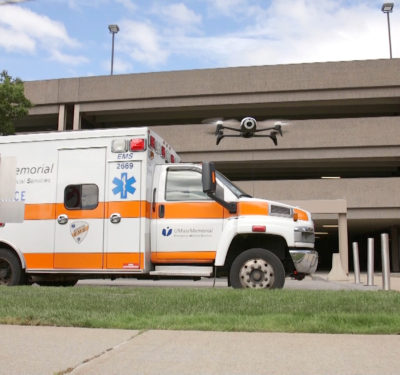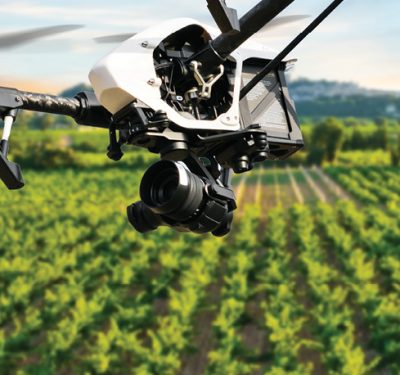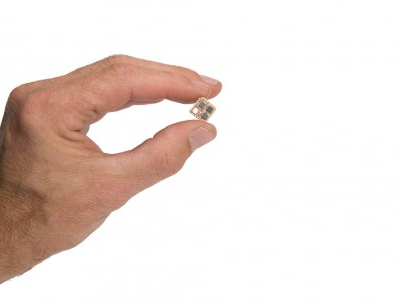
Michael Weigand is the cofounder and chief growth officer of Shift5, an observability platform for onboard operational technology. Prior to Shift5, Weigand served in the U.S. Army as an airborne, Ranger-qualified infantry officer, was selected as one of the first cyber operations officers and established and commanded multiple cyber organizations and skunkworks-style teams across the Army and Department of Defense.
Q: When people talk about data and military systems, particularly unmanned vehicles, they are talking about data coming from the systems. Your company focuses on the data within the systems. What is the difference?
a: Many people, when they think of unmanned systems, think of the telemetry feed, either the sensor data or the control data that’s coming off these vehicles and how that can be used. At Shift5, we focus on the serial data buses and the onboard avionics networks that allow all the onboard computers to communicate with one another. When we think of an air vehicle, there are a lot of sensors that are involved in flight control. We look at the nervous system, if you will.
Q: How are you able to capture the serial bus data from different types of systems?
a: There’s some standardization. Many unmanned systems use common communication data bus protocols. At the data level, the language these computers speak is often very specific to individual platforms at the fleet level. And it can even change across major versions of those platforms. There are these documents that articulate the shared language that everybody needs to speak, called data interface control documents. We generally will work with an OEM to get that, to make sense of the data, to baseline it and help identify anomalies or find other ways to make it useful.
Q: Is this data aimed at establishing or monitoring the health of the vehicle?
a: We were originally founded as a cybersecurity company. But in order to secure a system, you have to be able to observe it, and you have to be able to take the temperature and the pulse and the EKG. So, we built hardware and software that allowed us to quickly deploy onto all of the protocols that you would expect to find on unmanned systems and rapidly write or adapt software that allows us to make sense of the specific language that particular vehicle speaks on the inside. And then the next step was we had to do anomaly detection. Now, the data anomalies that we see are normally maintenance related, but the only difference between a maintenance and a cyber anomaly is intent. …And so, the platform and the capability, we came to realize quickly, was useful for so much more than just cyber monitoring. The maintenance and the developmental support, virtual twinning, all of that really is a bundled value proposition.
Q: So, it’s system health as well as protection for the system against cyber-attacks and anything like that?
a: Absolutely.
Q: Is there one use that outweighs the others? Is it more military use or commercial use?
a: We are finding the most traction in the Department of Defense, but that’s because they are leading the world in operational technology and weapon systems cybersecurity. An unmanned system by its very nature is entirely software dependent. And foreign countries spend a lot of money and human capital building and honing their cyber capabilities they can use to hold systems at risk. So, the Department of Defense is on the very tip of the spear in terms of appreciating that risk and implementing mitigations against it. Commercial aerospace closely follows and mirrors and tracks what DOD aerospace leads the way on. We are working diligently at Shift5 to commercialize a lot of the DOD leadership in this space from a technology perspective.






